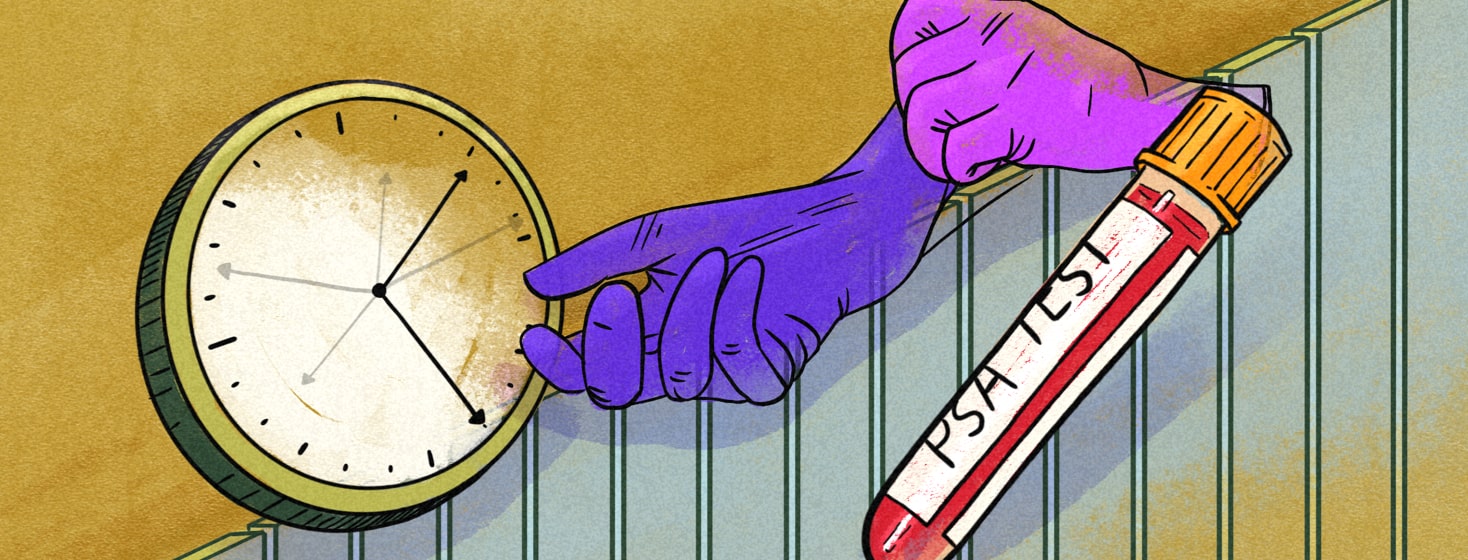Late-Stage Prostate Cancer is on the Rise — What to Know
There’s never a good time to be diagnosed with cancer. Nobody wants to face a diagnosis. It’s devastating news and something not to be taken lightly. And there are no good cancers. All types of cancer will impact the quality of life and can be deadly. Even if you survive, you can suffer mentally and physically for the rest of your life. A cancer diagnosis can also affect your finances and relationships with family and friends. Therefore, getting a cancer diagnosis is something we all hope to avoid.
More cases of advanced prostate cancer
However, even though there are plenty of things we can do to help reduce the risk, such as eating healthy and exercising, there are no silver bullets or guarantees. Unfortunately, I know many active and fit people who ate healthily but still had a cancer diagnosis. And not just older people, lots of younger people, too. The American Cancer Society reports that the risk of men developing cancer in their lifetime is 1 in 2. That is a significant amount of people.1
And more alarming, the “2023 Cancer Facts & Figures” report published by the American Cancer Society warns of a concerning uptick in prostate cancer associated with advanced disease. Or in other words, cases of prostate cancer that can be incurable are on the rise. This is in part due to fewer people getting PSA tests, which can help detect warning signs of prostate cancer, the American Cancer Society suggests.2
These findings underscore the importance of detecting cancer early before it spreads and many treatment options are still available.
The difficulty of detecting prostate cancer
In my case, I was diagnosed with prostate cancer at age 57. I had no family history, health issues, or symptoms. And I would like to reemphasize the words “no symptoms.” I had no health issues of any kind. I slept through the night without the need to get up to pee. And my erections were strong and available on request. The diagnosis caught me completely off-guard, with no warning signs or symptoms. And the scary fact is cancer was already in the final stage before spreading to other parts of my body.
It’s important to note that prostate cancer usually has no symptoms in the early stages. And by the time symptoms occur, cancer has most likely already spread. Unfortunately, I know many men who haven’t seen a doctor in over 20 years. And a few even hid their symptoms due to embarrassment, hoping things would improve. Sadly, some now have stage-4 prostate cancer and wish they had seen a doctor sooner.
Therefore, I think it’s critical not to wait for symptoms to see a doctor for a complete head-to-toe physical. Don’t wait until your cancer is more difficult to treat to see a doctor. Even though nobody wants to face a diagnosis, it’s far better to detect it in the early stages before it spreads. For more information about prostate cancer symptoms, please read my article “Prostate Cancer Symptoms...Or Lack Thereof.”
How a digital rectal examination (DRE) helped me
With the lack of symptoms, I think asking a doctor about the digital rectal examination (DRE) and the PSA blood test is crucial. Although these tests cannot detect prostate cancer, they are still valuable tools to help monitor for change. And if I had waited for symptoms, my diagnosis would have been terminal.
The DRE is a procedure where the doctor inserts a gloved finger into the rectum, checking for prostate anomalies. The prostate is typically the size of a walnut and should be soft without any irregularities or lumps. It’s important to note that the doctor isn’t able to examine the entire prostate.
In my case, the tumor was outside the reach, even though it was the size of 2 golf balls. However, many tumors can grow within reach of the examination. For more information about the DRE, please read my article “The Prostate and the Digital Rectal Exam.”
PSA testing can help, too
The PSA blood test, which stands for prostate-specific antigen, measures the level of PSA in a sample of your blood. The prostate produces PSA, and it’s normal to have a low level of PSA in your blood. Although the test cannot detect prostate cancer, I think it is a vital tool to monitor for change.
I’m grateful my doctor recommended PSA testing even though I had no symptoms. Due to my rising PSA, I had an MRI that identified an anomaly, followed by a prostate biopsy that confirmed cancer. Without testing, I wouldn’t have known my PSA was rising. For more information about the PSA blood test, please read my article “The PSA Blood Test Controversy.”
Talk to your doctor
Without testing with tools like the DRE and PSA blood test, it's a lot like driving a car without gauges. Sure, the car may work fine. But all of a sudden, and without warning, you run out of gas. Or worse, your motor starts to grind and then seizes up and stalls because it ran out of oil.
I think it's important for men to see their doctors and potentially discuss adding a DRE and PSA blood tests to annual physicals. And let’s see if we can reduce the rise in terminal prostate cancer diagnoses.

Join the conversation